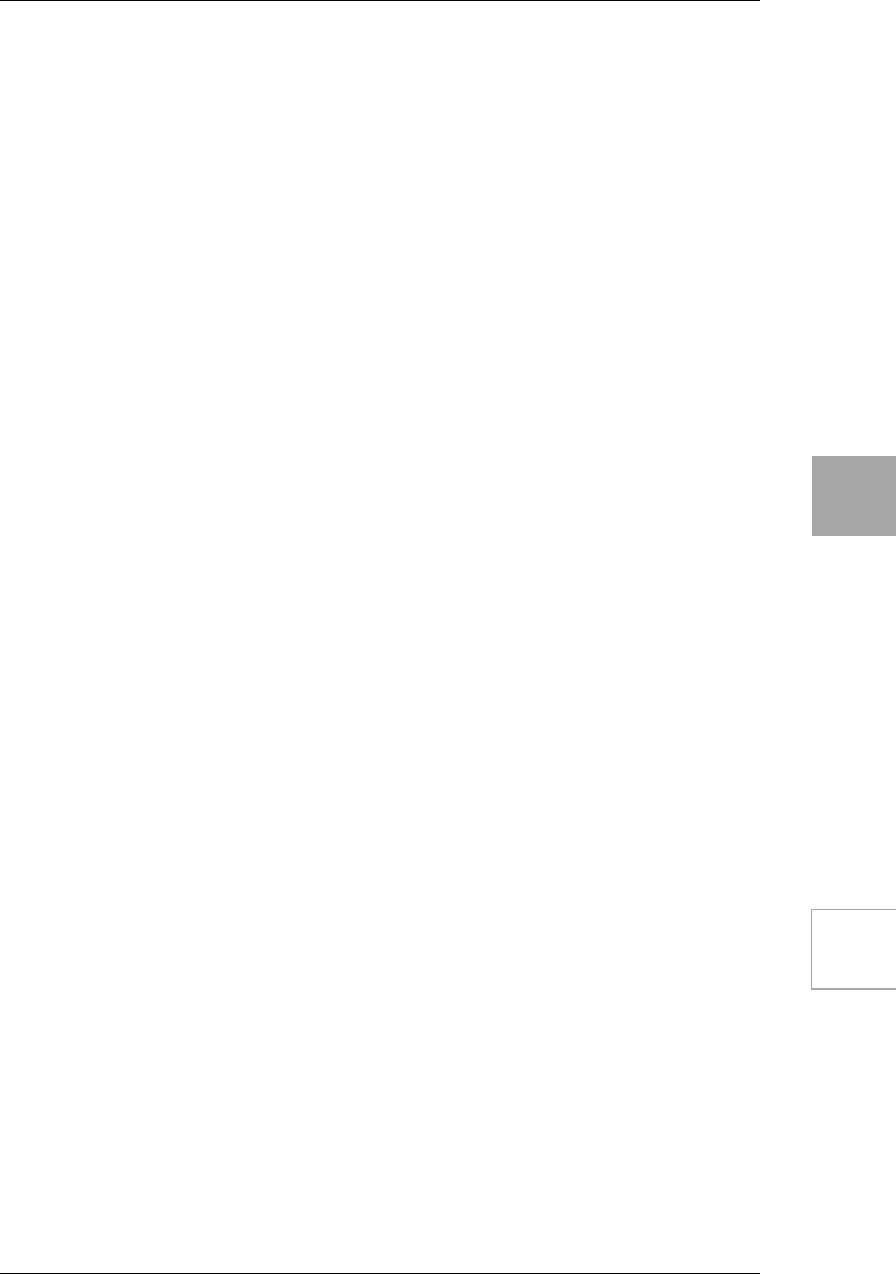
AMP TYPECABINET
TYPE
PEDAL
MODULATION
DELAYREVERB Amp/Effect
49
2. SPRING 2 MONO IN/STEREO OUT 1
This models a spring reverb that produces a higher-density reverberation.
3. PLATE 1 MONO IN/STEREO OUT 1
This models a type of reverb unit that works by vibrating a metal plate instead of a
spring. It is adjusted to a fairly short reverb time. This reverberation is character-
ized by a rapid attack, and is suitable for percussive playing.
4. PLATE 2 MONO IN/STEREO OUT 1
This models a plate reverb that produces a higher-density reverberation.
5. CHAMBER 1 MONO IN/STEREO OUT 1
In past years, recording studios often used a room (echo chamber) that was spe-
cially designed to produce reverberation, and contained a speaker and mic used to
record reverberation. This model simulates a mild-sounding echo chamber.
6. CHAMBER 2 MONO IN/STEREO OUT 1
This models an echo chamber designed to produce a bright sound.
7. ROOM 1 MONO IN/STEREO OUT 1
This models the reverberation of a typical room, with numerous early reflections.
8. ROOM 2 MONO IN/STEREO OUT 1
This models the reverberation of a large room.
9. HALL 1 MONO IN/STEREO OUT 1
This models the reverberation of a concert hall with numerous echoes.
10. HALL 2 MONO IN/STEREO OUT 1
This models a concert hall with smooth and dense reverberation.
[1] “TIME” 1.0–10.0 * Sets the reverb time. The relation between this
setting and the actual length of reverberation will
differ depending on the reverb type.
[2] “LODAMP” 0.0–10.0
* Adjusts the attenuation of the low-frequency range.
[3] “HIDAMP” 0.0–10.0
* Adjusts the attenuation of the high-frequency range.
[4] “PREDELAY” 0–100 [ms] Sets the initial delay before the reverberation
begins. By adjusting this setting you can clarify the
definition of the original sound.
[6] “MIX” 0.0–10.0 * Adjusts the mix amount of the reverb sound.


















